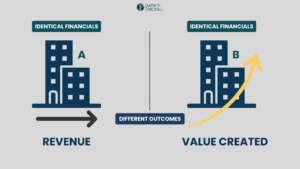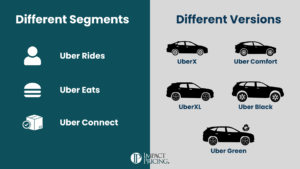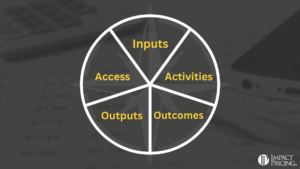Value Based pricing is the pricing technique most highly recommended by consultants and academics. The concept is simple: set a price so you capture what your customer is willing to pay. But before we explain value based pricing in more detail, let’s look at value based buying (VBB). VBB is how your customers make buying decisions when they’re deciding which product to choose.
Let’s go through an example.
Practice Thinking About Value Based Buying
Imagine you’re at the supermarket and you want to buy a can of green beans. Two cans catch your eye: Safeway Select (a store brand) and Del Monte (a National Brand). Safeway Select costs $1.49 and Del Monte costs $1.69. How do you choose? You likely ask yourself, “is the Del Monte can worth the extra 20 cents? Is it worth it?”
To answer this, you then think of the differences between the two options. You may have had better experiences with Del Monte. One may have less salt. One may be cut differently. One may have a nicer label. What each person thinks about will likely be different. After you’ve identified what you believe are the important differences, you subconsciously place a value on the options. Now you’ve decided whether the Del Monte brand is worth 20 cents more than Safeway Select.
Of course, you don’t consciously do this math. Rather, your mind makes this decision subconsciously. You brain is trying to work out the question, “is the Del Monte can worth 20 cents more than the Safeway Select can?”.
Notice there is no right or wrong answer; value is subjective, so people value things differently. Some people will prefer Del Monte and others will prefer Safeway Select. This concept is important to note when we discuss Value Based Pricing.
Here’s an action step you can take today
You’ve been asking your customers what they would have bought if not yours. Their answers tell you who your toughest competitors are. Choose one of these competitors, and do the VBB math for yourself.
Think about:
- How much is your product or service?
- How much is your competitor’s?
- What are all of the (important) differences? (As much as possible, try not to be biased. Be sure to list the areas where your competitor really is better.)
- How would you value these differences?
- How do you think your customers value these differences?
Use your experience and business acumen as a guide.















